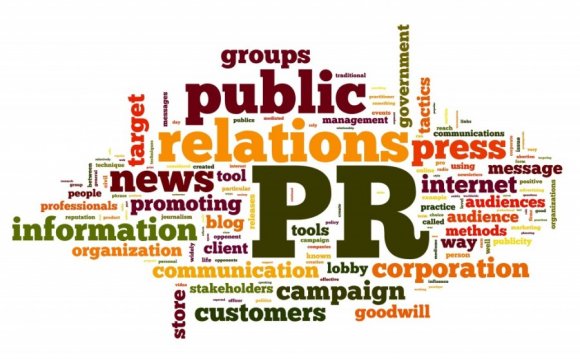
 By Eric Fischgrund, Founder, FischTank Marketing and PR
By Eric Fischgrund, Founder, FischTank Marketing and PR
“Public relations is a strategic communication process that builds mutually beneficial relationships between organizations and their publics.”
Really?
Don’t get me wrong, there is nothing incorrect or outdated about the message you just read. It’s much better than I, or most, can do, and I consider it to be very accurate.
But how many PR professionals would echo this sentiment? The same question must be asked of potential new clients—how do they define PR? Intuition and experience tell me that they wouldn’t come up with something so accurate either.
Let’s start with those working within the PR business, we all know there are quite many of us. Short of conducting a survey, I’ll just have to use my imagination:
- “It’s getting my clients in the media.”
- “Media exposure so people are aware of my client and their expertise/services.”
- “Sharing my client’s story with the public.”
- “Improving my client’s image and reputation.”
I stopped after four because it was repetitive, but I believe one could go on for another 20 minutes and a) use the word media several times as I did; b) continue to be repetitive; and c) still not fully comprehend the difference between action and objectives.
This, finally, brings me to my point. Public Relations service—one I consider to fall within and be a function of overarching Marketing and Communications practices—misses the boat when it comes to aligning a client’s goals and its own PR strategy. Instead, we’re left with many PR professionals (misguided by leadership) that are looking to force client inclusion in stories that don’t benefit (a key buzzword from the PRSA definition) the company they are paid to effectively represent. Most call this fitting a square peg into a round hole—many PR pros just call it a Thursday. This is why we see articles from reporters up in arms over misguided and mass-blasted media outreach, as noted .
But no, this is not another article blasting PR professionals. Perhaps there are two sides to this issue, and the other is the client only articulating the outcome they want from PR efforts, and believing PR and PR alone will get it done. Will PR boost their stock price? Generate new leads? Maintain brand equity? Improve recruiting efforts?
These are all possible! If a Company hires a firm who immediately generates media results in some of the right publications, how can you fault the relationship? Easy—the job isn’t done. Re-read the definition once more, and if you have time—read the entire short page of content. The word “media” doesn’t appear once. That’s because media outreach is in fact only a component of an effective public relations campaign.
In my humble opinion, there are many boxes that need to be checked in a sound PR strategy, including but not limited to:
- First and foremost, defining a message is key. Take the time to do it early, and do it right.
- It is time for PR firms to embrace digital marketing efforts. No, I’m not just talking about social. Email campaigns customized to each client’s needs are paramount. While most of a client’s audience will actually miss that awesome WSJ mention, anywhere from 20%-40% will catch it if you take the time to cultivate e-mail lists and send a timely, professional e-mail following the media relations coup.
- Event attendance. Many companies struggle to pinpoint where to find their audience. Tradeshows, conferences, etc. are a good place to start. Forget sponsorship, purchase two passes and fight for the attendee contact list (see bullet two).
- Web analytics. Please tell me you are paying attention to where your customers are coming from, and where they’re leaving your website?
- Content is king. Yes, old saying but it still rings true. Write good content, attract smart people.
There are many more, but remember—they are resources and options, not requirements, for every campaign. The takeaway here is short and simple. To strengthen “relationships between organizations and their publics”—both the PR industry and their clients need to stop believing media relations and public relations are one in the same, and start building a more encompassing marketing and communications strategy.














